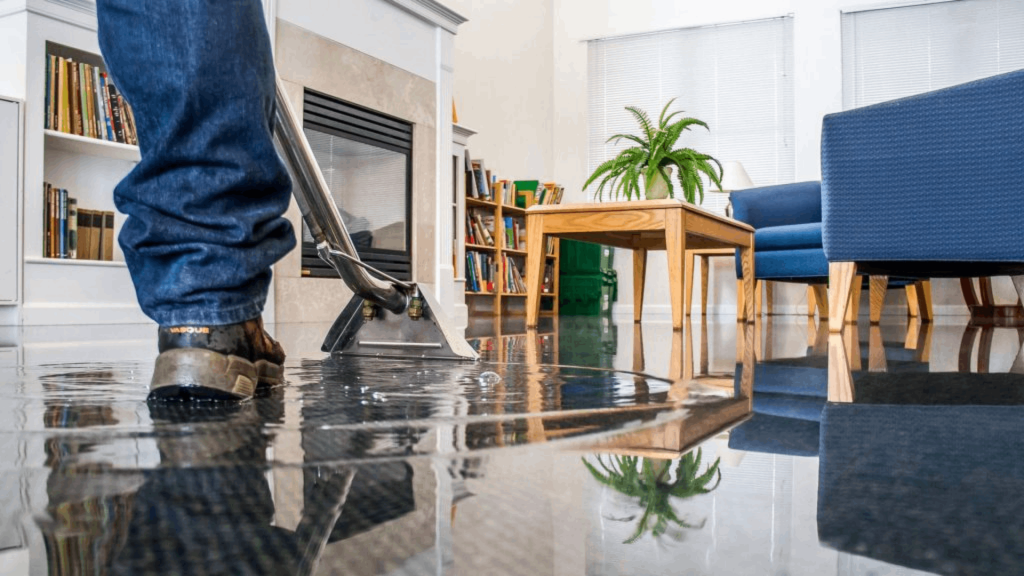It Is Time For Us To Deal Away With Water
Water Damage
Water damage describes various possible losses caused by water intruding where it will enable attack of a material or system by destructive processes such as rotting of wood, mold growth, bacteria growth, rusting of steel, swelling of composite woods, de-laminating of materials such as plywood, etc
An insurance policy may or may not cover the costs associated with water damage and the process of water damage restoration. While a common cause of residential water damage is often the failure of a sump pump, many homeowner’s insurance policies do not cover the associated costs without an addendum which adds to the monthly premium of the policy. Often the verbiage of this addendum is similar to “Sewer and Drain Coverage”.
There are three basic categories of water damage, based on the level of contamination.
If unwanted water is not removed, mold can bloom within 24-48 hours. Mold grows and blooms wherever excess moisture is present. A variety of conditions can cause moisture problems, including roof, window and plumbing leaks, condensation, flooding, and excess humidity (generally above 60% – 70%). Tightly sealed buildings, such as those constructed during the energy crisis 20-30 years ago, may be a fertile environment for mold because they do not allow moisture to escape easily. There is also documented evidence indicating a high level of mold problems in newly constructed buildings, due to poor construction practices or using modern, water-permeable building materials such as gypsum board, plywood and paper-type insulation. Signs of a potential mold problem can include…
Category 1 Water
Refers to a source of water that does not pose substantial threat to humans and classified as “clean water”. Examples are broken water supply lines, tub or sink overflows or appliance malfunctions that involves water supply lines.
Category 2 Water
Refers to a source of water that contains a significant degree of chemical, biological or physical contaminants and causes discomfort or sickness when consumed or even exposed to. Known as “grey water”. This type carries microorganisms and nutrients of micro-organisms. Examples are toilet bowls with urine (no feces), sump pump failures, seepage due to hydrostatic failure and water discharge from dishwashers or washing machines.
Category 3 Water
Known as “black water” and is grossly unsanitary. This water contains unsanitary agents, harmful bacteria and fungi, causing severe discomfort or sickness. Type 3 category are contaminated water sources that affect the indoor environment. This category includes water sources from sewage, seawater, rising water from rivers or streams, storm surge, ground surface water or standing water. Category 2 Water or Grey Water that is not promptly removed from the structure and or have remained stagnant may be re classified as Category 3 Water. Toilet back flows that originates from beyond the toilet trap is considered black water contamination regardless of visible content or color.


